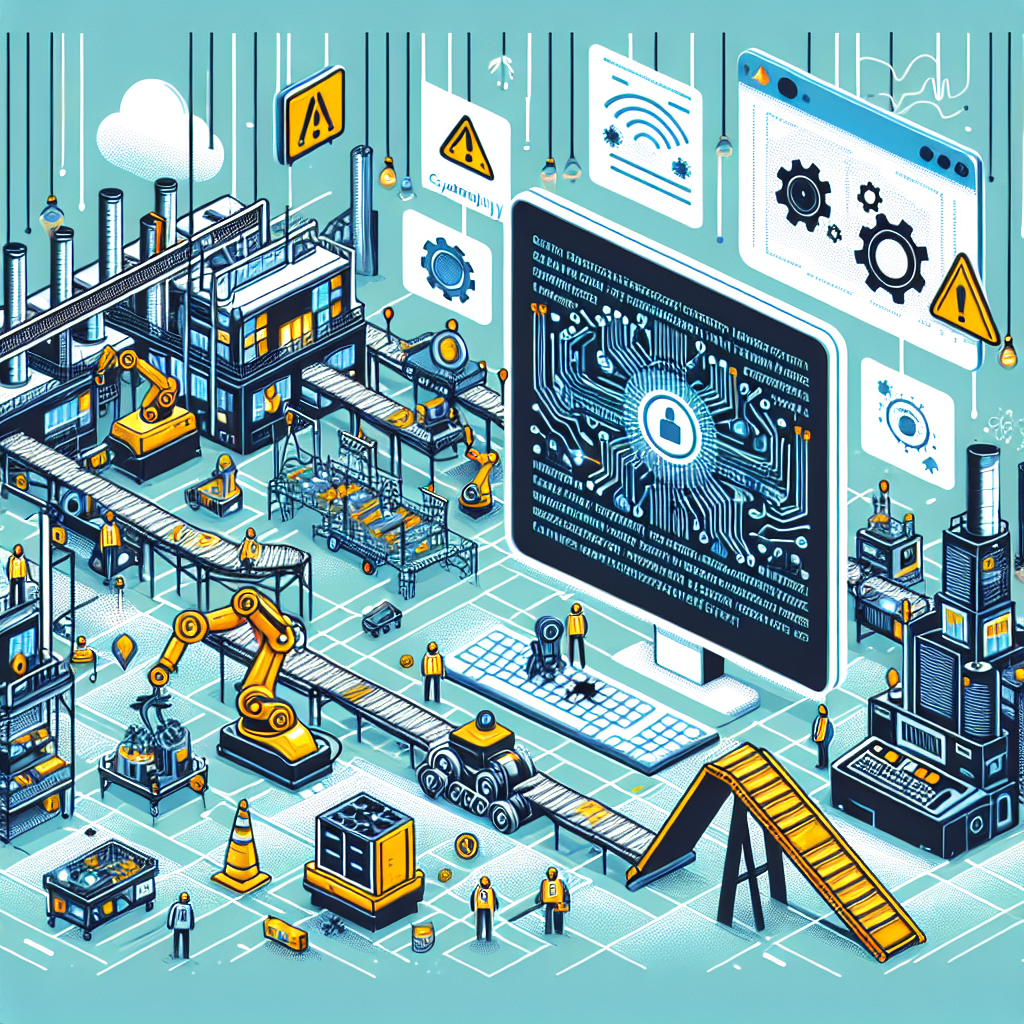Artificial Intelligence (AI) has become an increasingly important technology in the manufacturing industry, with the potential to revolutionize production processes and improve efficiency. However, along with its benefits, AI also comes with its own set of risks and challenges that manufacturers must address to fully realize its potential.
One of the main risks of AI in manufacturing is the potential for job displacement. As AI technologies become more advanced, they have the ability to automate tasks that were previously performed by humans. This can lead to job losses for workers who are no longer needed to perform these tasks, leading to concerns about unemployment and the impact on local economies.
Another risk of AI in manufacturing is the potential for errors and malfunctions. AI systems are not infallible, and there is always the risk of errors in programming or data input that can lead to incorrect decisions being made. In a manufacturing setting, even small errors can have significant consequences, leading to defects in products or disruptions in production processes.
AI systems also have the potential to be hacked or manipulated by malicious actors. As AI becomes more integrated into manufacturing processes, there is the risk that hackers could gain access to these systems and use them to disrupt production or steal sensitive information. This poses a significant security risk for manufacturers who rely on AI technologies to run their operations.
Furthermore, there is also the risk of bias in AI systems. AI algorithms are only as good as the data they are trained on, and if this data is biased or incomplete, it can lead to biased decisions being made by the AI system. This can have serious implications for manufacturing processes, leading to unfair treatment of certain groups of workers or customers.
Despite these risks, many manufacturers are still embracing AI technologies in order to improve their production processes and remain competitive in the global market. By understanding and addressing these risks, manufacturers can minimize the potential negative impacts of AI on their operations and maximize the benefits that this technology has to offer.
FAQs:
Q: How can manufacturers address the risk of job displacement due to AI?
A: Manufacturers can address the risk of job displacement by retraining workers for new roles that are created by AI technologies, investing in education and skills development programs, and working with unions and government agencies to create policies that support workers who are displaced by AI.
Q: How can manufacturers ensure the security of their AI systems?
A: Manufacturers can ensure the security of their AI systems by implementing robust cybersecurity measures, such as encryption, firewalls, and access controls, regularly updating their software and systems, and conducting regular security audits to identify and address vulnerabilities.
Q: How can manufacturers mitigate the risk of bias in AI systems?
A: Manufacturers can mitigate the risk of bias in AI systems by carefully selecting and training their data sets to ensure they are representative and unbiased, regularly testing and validating their AI algorithms for bias, and implementing processes for monitoring and addressing bias in real-time.
Q: What are some best practices for manufacturers looking to implement AI technologies?
A: Some best practices for manufacturers looking to implement AI technologies include starting small and scaling up gradually, involving employees in the decision-making process, investing in training and development for staff, and regularly reviewing and updating their AI systems to ensure they are operating effectively and efficiently.

